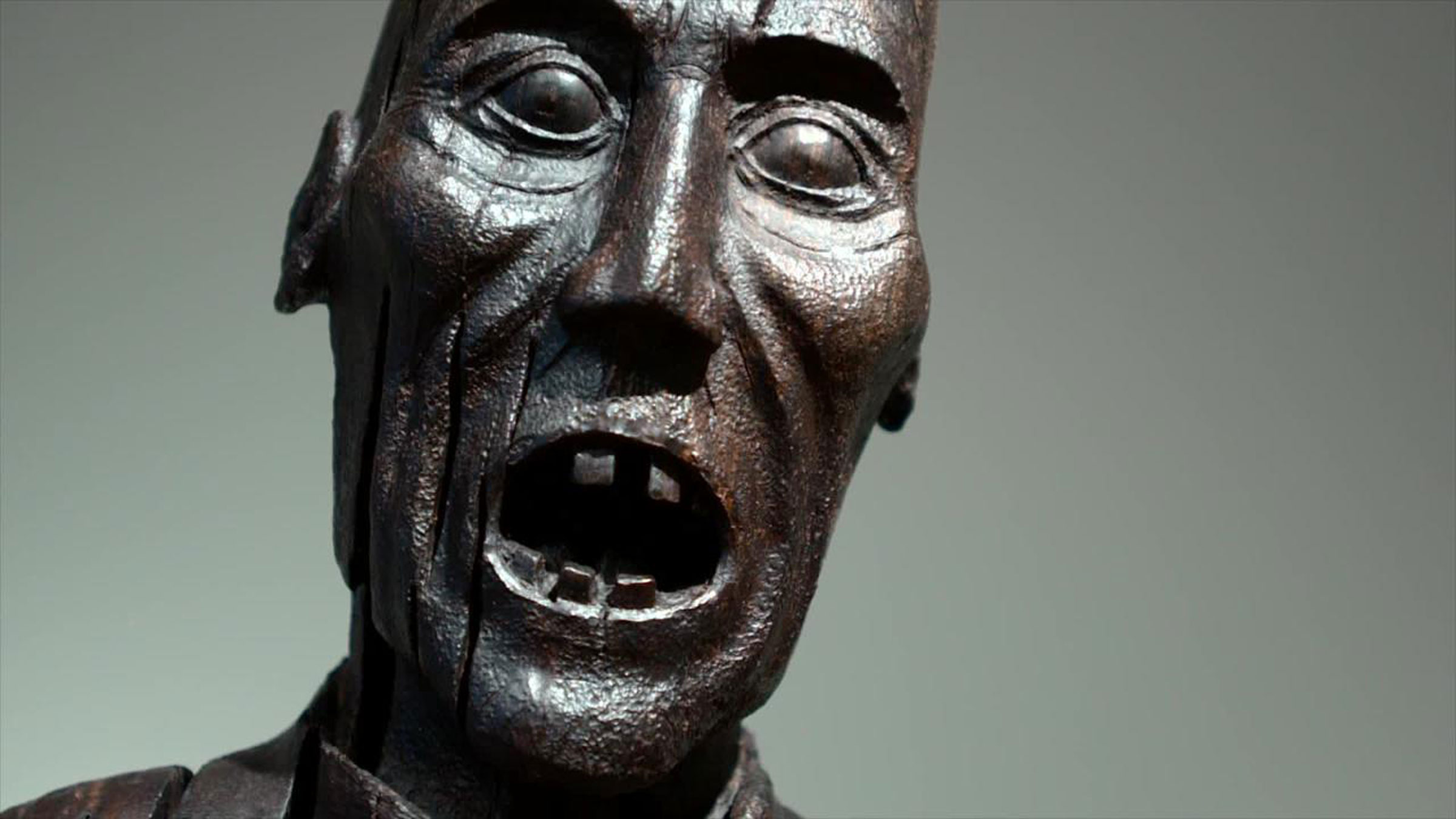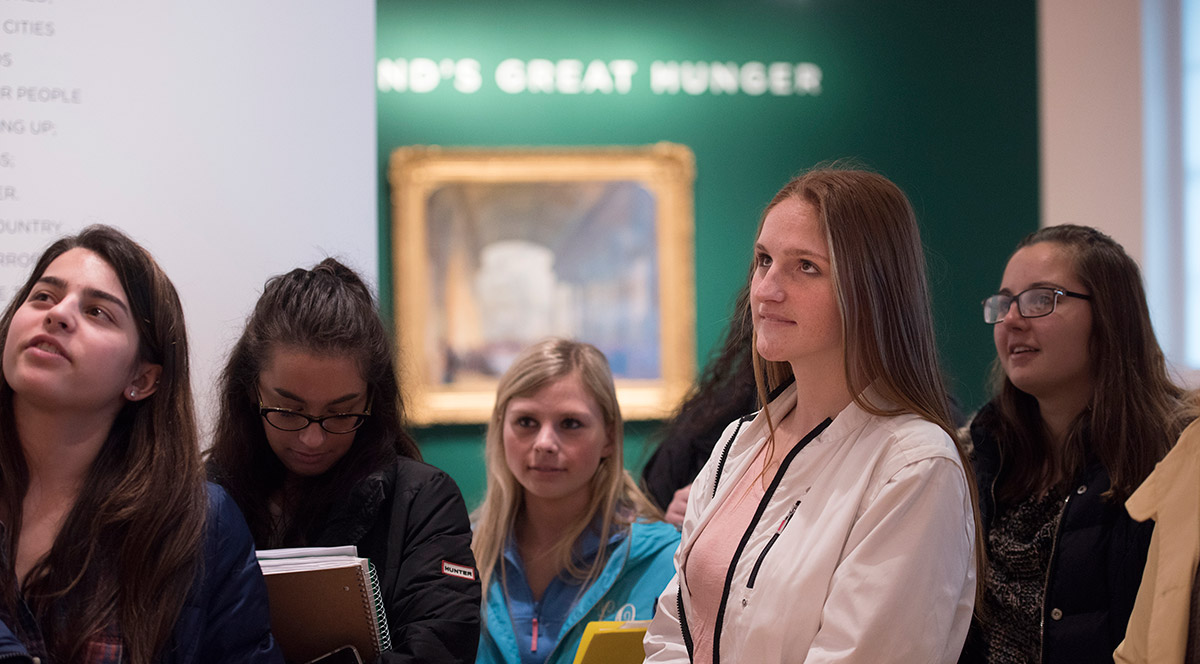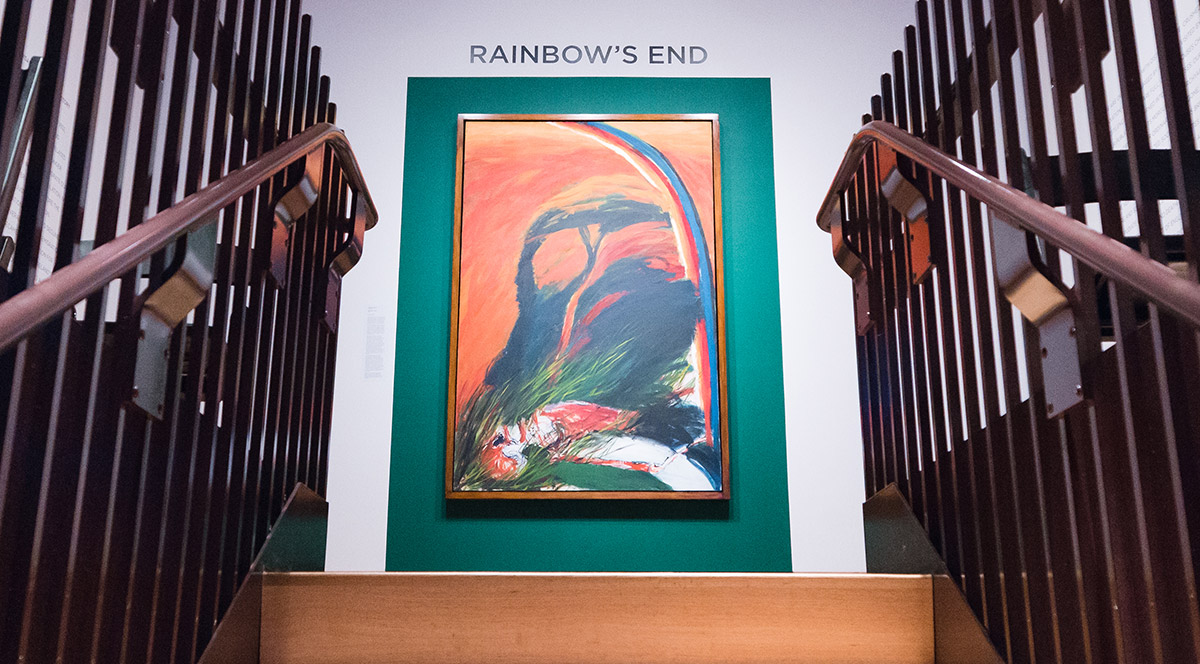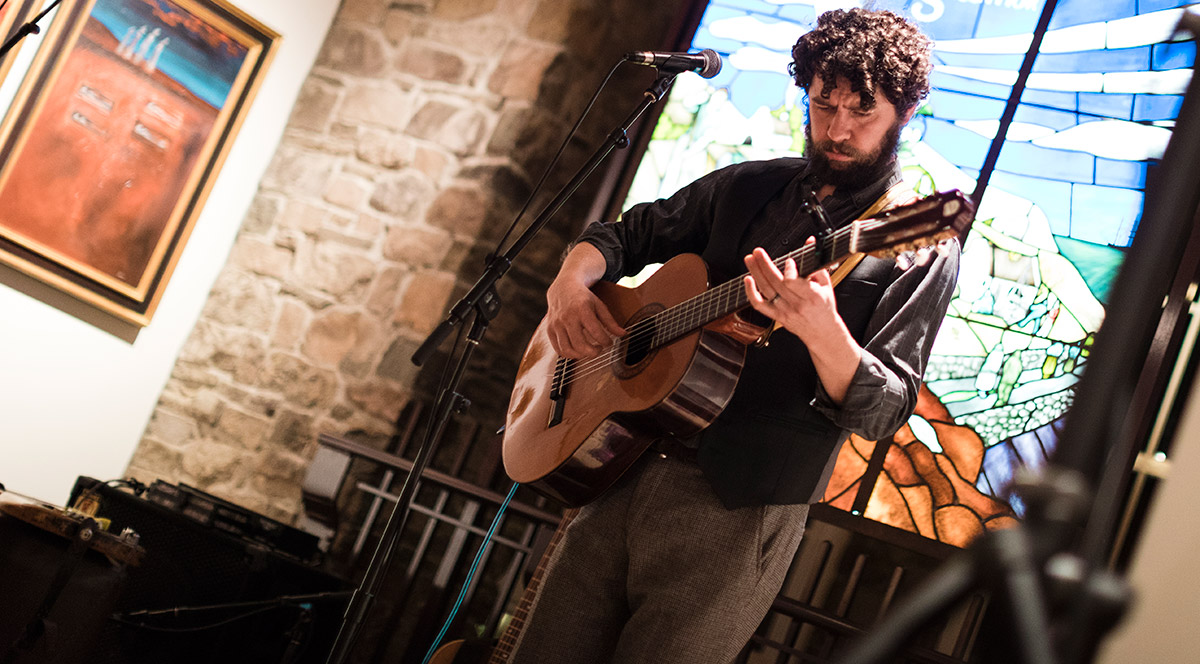By John L. Lahey, President Emeritus, Quinnipiac University
In 1997 I had the honor to serve as Grand Marshal of the New York City St. Patrick’s Day Parade. I made Ireland’s Great Hunger the theme of that year’s parade to commemorate the 150th anniversary of Black ’47, the worst year of the Irish Famine. During the months leading up to the parade, I made many public appearances and gave many speeches on the Great Hunger. The late Murray Lender, a Quinnipiac University alumnus and vice chairman of our Board of Trustees, listened to those speeches about the Great Hunger and its devastating effect on Ireland and the Irish people.
More clearly than many others, Murray grasped the compelling nature of the Great Hunger story and the importance of educating people about its true causes and consequences. Murray’s vision and the generous financial support of both Murray and his brother, Marvin, led to the creation of the Lender Family Special Collection Room, An Gorta Mór, in the Arnold Bernhard Library on our Mount Carmel Campus. This initial collection of art, research and educational materials has been augmented during the past 20 years and now represents the world’s largest collection of Great Hunger-related art and educational resources.
The educational and research materials for students and scholars will continue to be housed in the library and its Lender Family Special Collection Room. However, the valuable art collection, which has grown both in quantity and quality, now needs and deserves an entire building of its own, particularly one more open and accessible to the general public. The university’s new Ireland’s Great Hunger Museum, Múseam An Ghorta Mhóir, on Whitney Avenue in Hamden, Connecticut, provides just such an ideal facility and location.
Ireland’s Great Hunger Museum will strengthen and advance the university’s commitment to educate more and more people about the Great Hunger and the lessons to be learned from this terrible human rights tragedy. The museum also will develop into a truly great museum of art, educating people about the high quality of Irish art. In so doing, it will place Quinnipiac University once again in the company of the most prestigious institutions of higher learning, many of which possess significant university art collections and museums.





